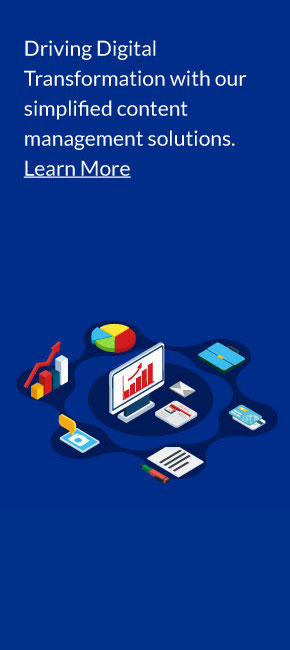Digital transformation is the integration of digital technologies into all areas of business operations, which goes beyond IT initiative. It’s an implementation of digital technologies into all areas of business in order to build a more sustainable relationship and deliver better experience for your customer. To achieve all that, companies need to build a practical and visionary digital transformation strategy.
A well-planned digital transformation strategy is the road map to your business success. It helps enterprises to take advantage of modern technologies, improve customer experience, increase operational agility, process management, better communication strategies, and reduce costs.
But, what are the most important elements of a successful digital transformation strategy? What makes a digital transformation strategy effective? Let’s see what are the key elements of a successful digital strategy.
1. Strategy Before Technology
Today, both the CEO and technical officers in company need to understand the organisation’s business model and build a technology strategy that unlocks and empowers that model, ensuring alignment along the way. Organisations should begin by clearly documenting the end state of what the digital transformation should look like, by focusing on the pain points and experience of a customer.
2. Encourages Digital Culture
Digital automation, collaboration tools, and enterprise analytics platforms light the way to modify or replace old processes with faster, deeper, more integrated ways of working at all levels of an organisation. It should also acquire the right talent and up-skill existing staffs’ abilities.
In the midst of a digital transformation, many things will be unknown, so the best way to bring clarity is to do small experiments, gather feedback from stakeholders, and continue on doing experiments, until an effective and sustainable strategy emerges. Begin with the end in mind, organisations can pursue the overarching cultural and technological changes needed to support their digital transformation.
3. Pursue Technology Adaptation
Having the right technology to power up digital strategies is fundamental in today’s business world. Your company should be an agile, flexible IT environment and evaluate their current technology stack against the goals of the digital transformation to find functionality or data gaps.
4. Enables Digitisation of Products/Services.
With new customer experiences in mind, organisations are then primed to digitally transform their operational processes. With less interference from operational silos or incompatible data, your company can pursue new digital products and services or could digitally enhance conventional products and services.
5. Transforming Customer Experience
The focus of digital must start and end with the customer. Many organizations are focusing transformation to improve customers experience in detail. With the available data management tools, it becomes easier to monitor, collect and repurpose customer data for making informed decisions. Data collection and analysis process has opened up new opportunities for digital businesses. Basically, it helps to further enhance business strategies by analysing on customer information and addressing the right customer experience need.




